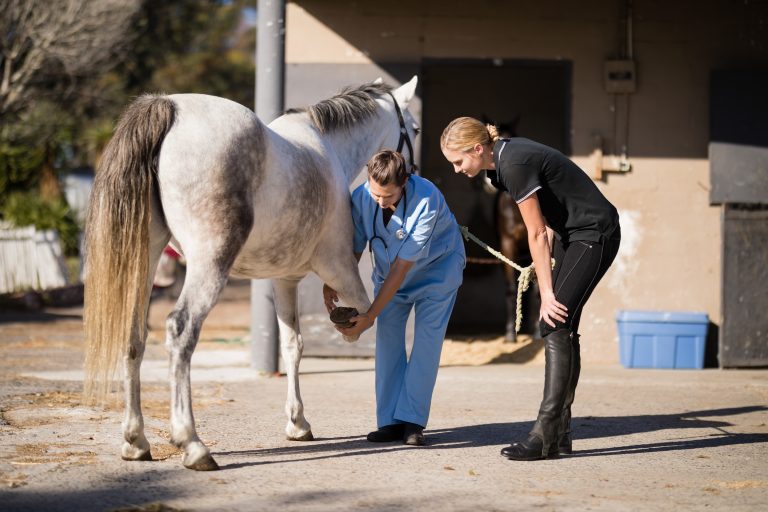
Prompt diagnosis of passive transfer failure in the neonatal period is important for early treatment. The aim of this study was to compare the diagnostic performance of serum glutaraldehyde coagulation test (GCT) and colostrum BRIX% to detect failure to transfer passive immunity (FTPI) diagnosis with the results of the SNAP foal test, and to evaluate the results of serum GCT and colostrum BRIX% measurements in foals which developed diarrhea in the 0–1 month period.
Residual serum and colostrum (n=298) from samples collected from newborn foals and their dams for clinical purposes were used. Foals were classified as FTPI positive (IgG < 8 g/L) or negative (IgG ≥ 8 g/L) using the SNAP foal test. The sensitivity and specificity of serum GCT and colostrum BRIX% for diagnosing FTPI in all foals were compared. The relationships between the results of the serum GCT and colostrum BRIX% and the development of diarrhea in the 0–1 month period in foals with and without FTPI were evaluated.
Serum GCT and colostrum BRIX% were significantly different (p < 0.05) between the foals classified according to the SNAP test as without FTPI and with FTPI. Using a cut-off value for serum GCT of >10 minutes, the sensitivity for the detection of FTPI was 100% (95% CI 92.9%–100%) and specificity 100% (98.3%–100%) while using BRIX% a cut-off value of ≤24%, the sensitivity was 92% (80.9%–97.8%), and specificity was 98% (95.3–99.3). In the sub-group of foals without FTPI using a colostrum BRIX% cut-off value of ≤26 the sensitivity for prediction of diarrhea in the 0–1 month period was only 72.4% (52.8–87.3, p < 0.001) with specificity 54.3% (47.6–61.1) but the test performance was not robust (ROC AUC 0.61).
Bottom Line
Using serum GCT (>10mins), and colostrum BRIX% (≤24%), both economical and practical to use in the field, gave results comparable with the SNAP foal IgG test for the detection of FTPI (<8g/L). The ability to accurately predict diarrhea in the first month of life with these tests was limited.








